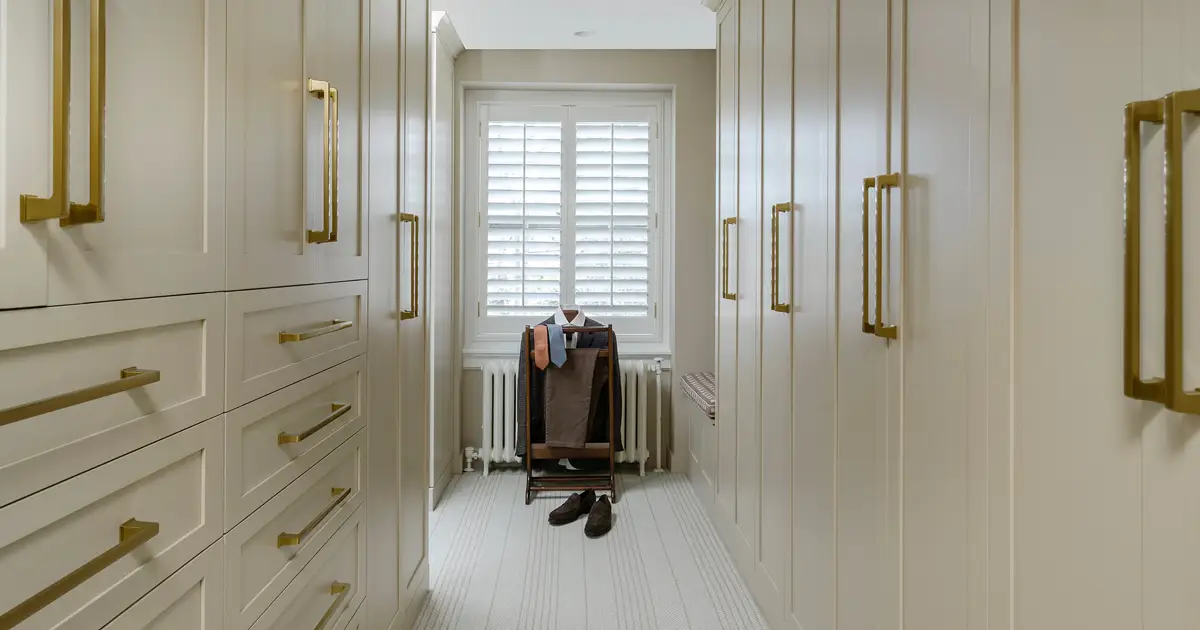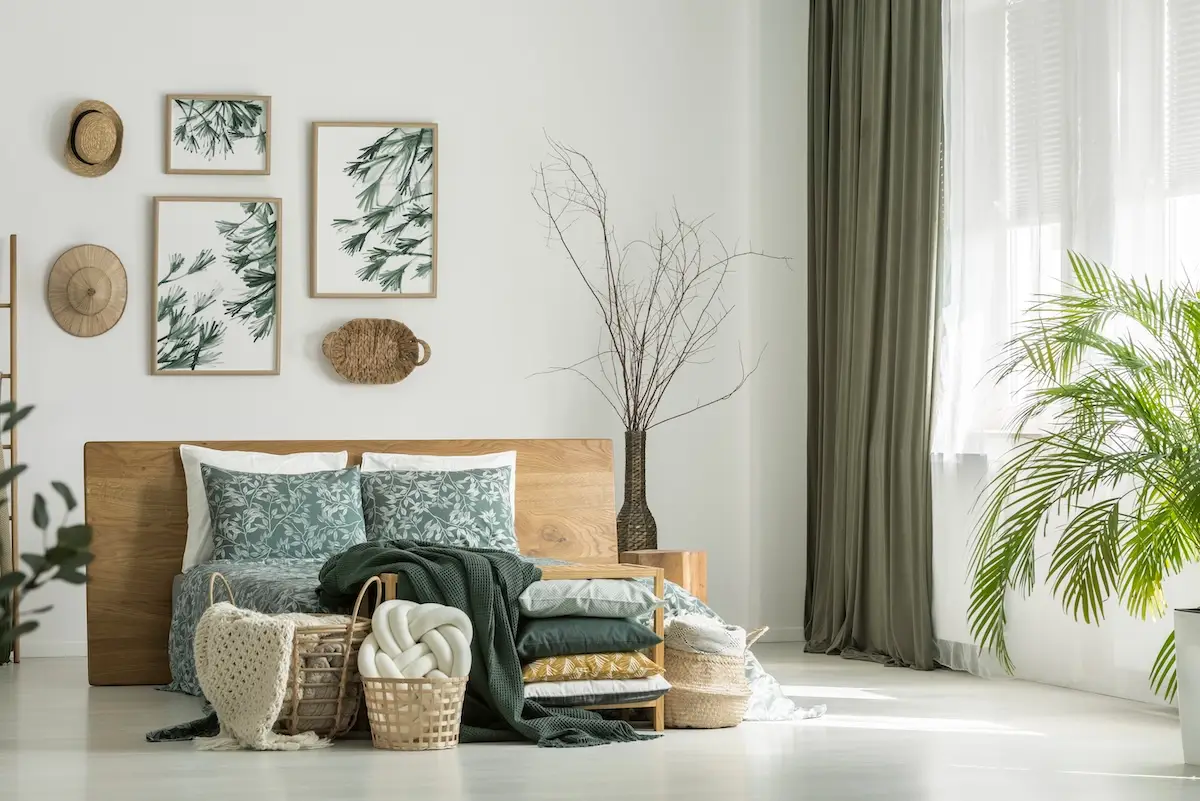When we think of home libraries, we often think of rich wood, comfortable seating, and shelves packed with books. Thankfully, gothic design embodies all of these traits. The style is ideal for making us feel right at home. How do we accomplish the look? Here is an easy go-to list of Gothic design characteristics that we can implement into our home libraries. And if you want to extend the benefits further, the same strategies also work for other areas of the home. With these tips and tricks, we can achieve our very own gothic home library.
A Quick History of Gothic Design
Gothic design became famous starting in the 1150s in France and spread like wildfire throughout Europe. It was common in churches and castles for 300 years until Renaissance design entered the picture. But it came back in a big way during the mid-18th century, this time as Gothic Revival (aka Neo-Gothic), carrying its traits inside residential homes with warmer accents.
For more about Gothic architecture’s history, read our article From Medeival to Modern: Gothic Architecture Today.
Gothic Design
The original Gothic styling wasn’t all that cozy. Castles and churches were built of unpainted stone. The only elements that supplied any color were stained glass, wood furniture, and artwork on canvases and carpeting. It primarily consists of grand, ornamented stonework and glass with minimal accents mixed in. Thankfully, Neo-Gothic was positioned more for home usage and brought more comfort while referencing Gothic styles.
Here are some traits we can adopt into libraries thanks to the blend of traditional and neo-gothic styles.
Rich Wood
Wood can be used as extensively as we like, such as for doors, furniture, and wall-to-wall shelving. Historically, certain countries made more use of specific types of wood. Both Germany and England used oak, and Italy and Spain used walnut. France, where the Gothic style started, used chestnut.
Stone
Limestone was the primary stone, but it was more challenging to quarry back then. Thankfully, getting limestone is much easier today, making it more affordable. We also don’t need to use it everywhere. Some primary areas to use limestone are around windows, doors, walls, and pillars. Additionally, we can embody some of the looks at an even lower cost with strategically-placed limestone accessories.
Shapes
Gothic design drips with ornamentation. The more curls and gargoyles, the better.
Another key feature in Gothic design is pointed arches. The look works great above windows and doorways or for cabinets and accessories such as bookmarks, desk accessories, and lamps.
Gothic Motifs
The Gothic style initially focused on Christianity, but Gothic Revival broadened themes to include hunting, history, and mythology. The artwork encompasses stonework, stained glass, statues, murals, frescos, paintings, woodwork, and decorative books. For traditional Gothic, a common treatment is Christian crosses embedded in wood furniture and used as wall decorations. Stained glass is a significant element in churches and large buildings, but we can continue the theme with simpler items such as picture frames and light shades.
Color Tones
Fabrics are typically on the darker and muted side. We can use the same colors to blend Gothic designs with other traditional styles like Victorian, Transitional, and pure modern while evoking the same feel. Popular colors are burgundy, brown, gray, deep purple, dark red, deep blue, and deep green. The moodier the better.
Furniture
Any furniture with a busier aesthetic can be used with the Gothic style. Some key pieces are desks and desk chairs, sofas, accent chairs, ottomans, and side tables. Gothic furniture is often made entirely of wood or a blend of exposed wood frames with upholstery, and the design has plenty of curves. The furniture is also large and heavy for a sturdy look and feel.
Books, Books, and More Books!
This is one of the most fun aspects of Gothic design. We can add as many books as we like to have a chance to show off our collection and knowledge. Books bring depth to a space, surrounding people with thoughts, facts, and ideas. These traits of books are the reason why Gothic design feels so inviting.
As we said earlier, books were also one of the many artistic elements in Gothic design. We can easily showcase our highly decorative and unique books in our gothic home library.
Accessories
Gothic styling can be found in bookends, bookmarks, pen holders, and even mouse pads. We can add as many or as few accessories as we want to our gothic home library.
Gothic is a great solution for those who love a deep, rich aesthetic and appreciate intricate and highly-detailed design treatments. Luckily the style translates beautifully with others, and there’s no shortage of elements that can take Gothic styling.




